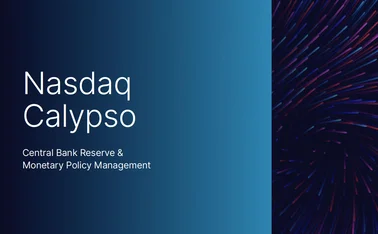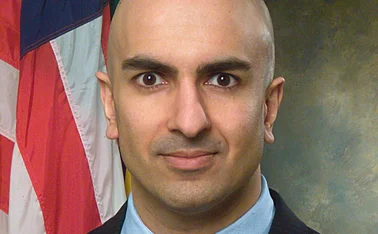
Danish central bank ends negative rates experiment
Denmark increases interest rate on certificates of deposit to 0.05%

The National Bank of Denmark has increased its deposit rate into positive territory for the first time in almost two years – a decision that has shocked many local banks that forecast negative rates into 2015.
The Danish krone is pegged to the euro under the European Exchange Rate Mechanism (ERM II), and the central bank sets its interest rates at a level that will maintain the peg.
The central bank eased monetary policy steadily in the wake of the financial crisis and, as the benchmark rate
Only users who have a paid subscription or are part of a corporate subscription are able to print or copy content.
To access these options, along with all other subscription benefits, please contact info@centralbanking.com or view our subscription options here: http://subscriptions.centralbanking.com/subscribe
You are currently unable to print this content. Please contact info@centralbanking.com to find out more.
You are currently unable to copy this content. Please contact info@centralbanking.com to find out more.
Copyright Infopro Digital Limited. All rights reserved.
As outlined in our terms and conditions, https://www.infopro-digital.com/terms-and-conditions/subscriptions/ (point 2.4), printing is limited to a single copy.
If you would like to purchase additional rights please email info@centralbanking.com
Copyright Infopro Digital Limited. All rights reserved.
You may share this content using our article tools. As outlined in our terms and conditions, https://www.infopro-digital.com/terms-and-conditions/subscriptions/ (clause 2.4), an Authorised User may only make one copy of the materials for their own personal use. You must also comply with the restrictions in clause 2.5.
If you would like to purchase additional rights please email info@centralbanking.com








